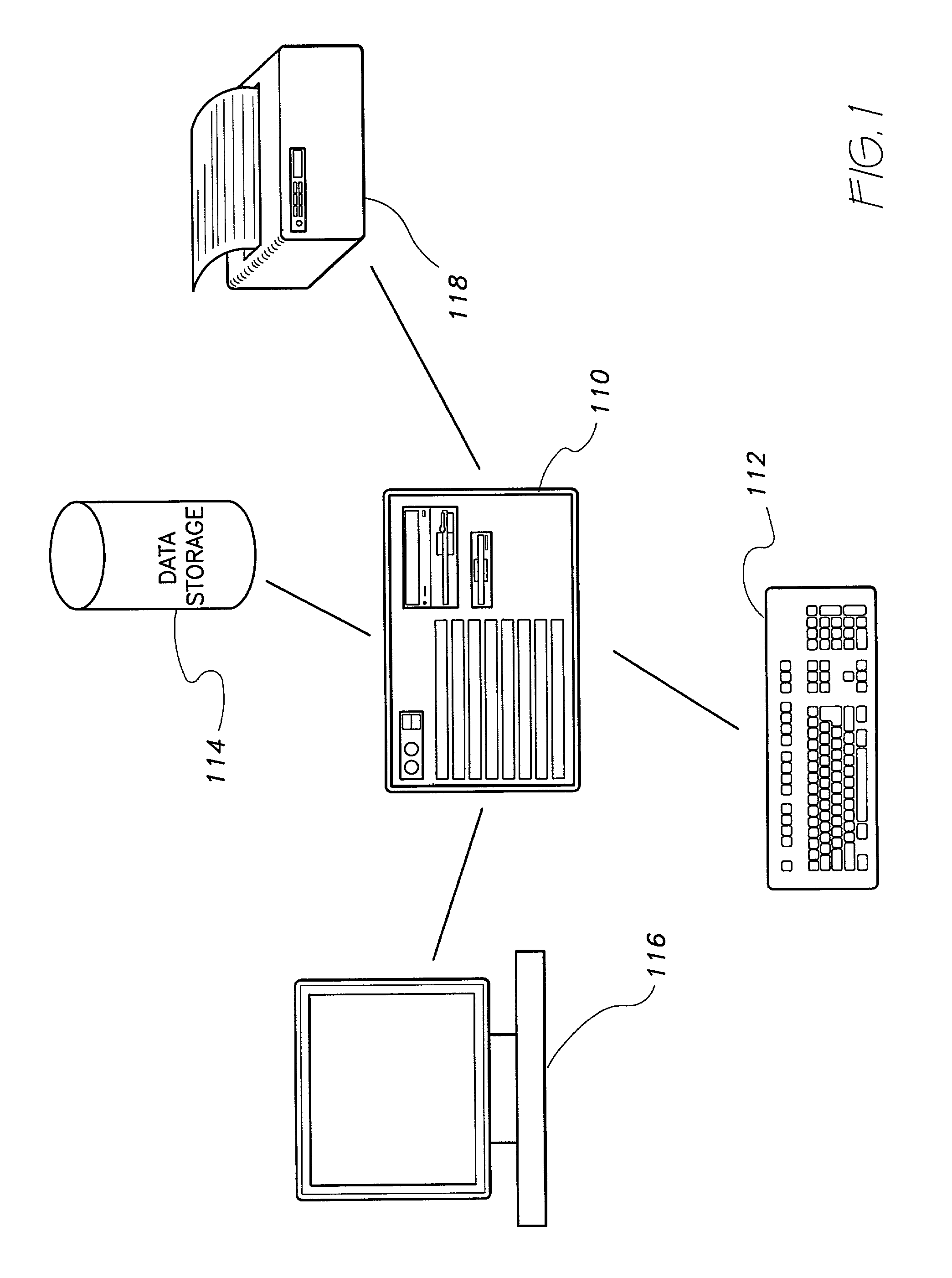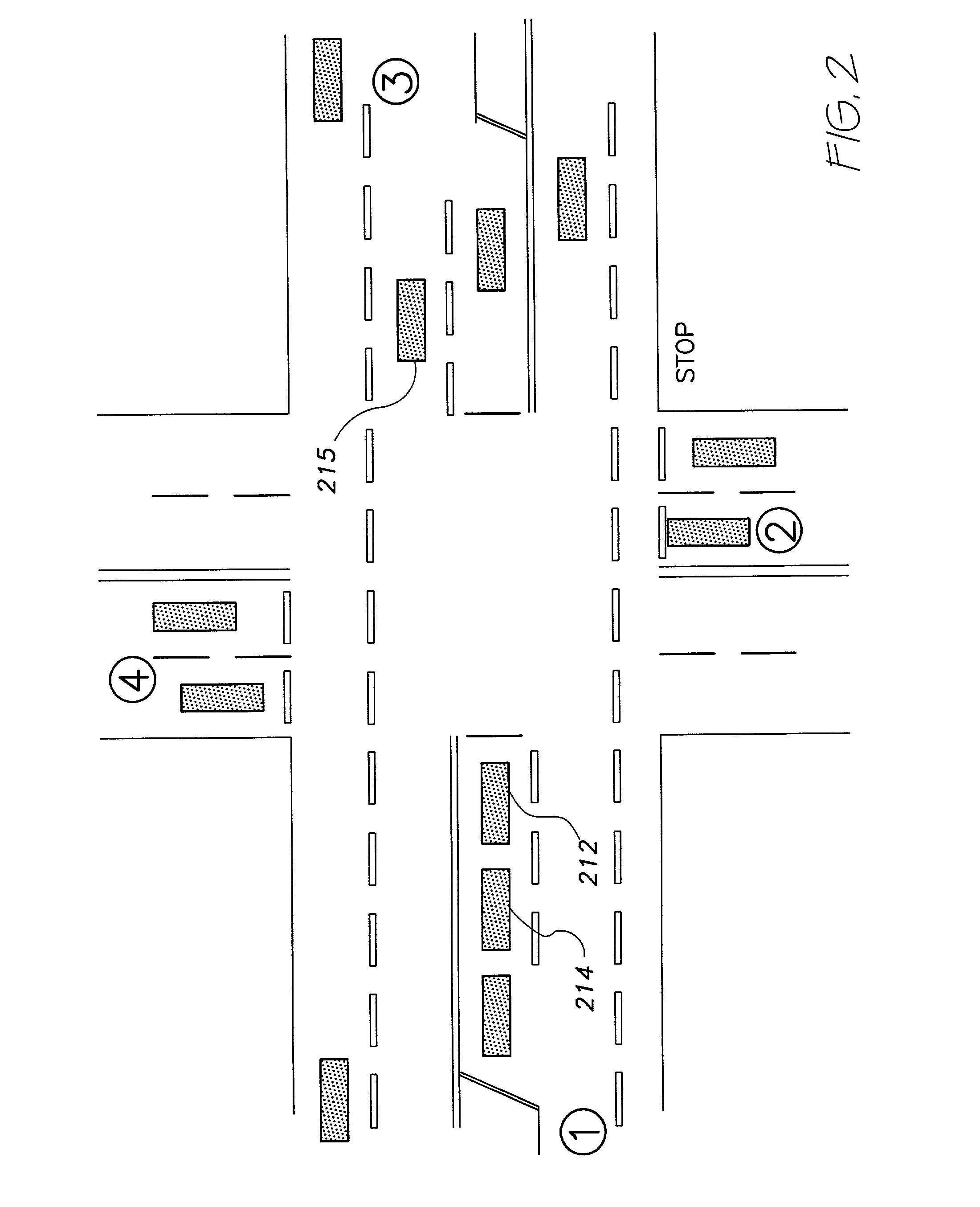Traffic safety prediction model
a traffic safety and model technology, applied in the field of mathematical annual accidental and severity prediction models, can solve the problems of no model capable of forecasting future accidents, no sensitive method of reasonably predicting accident expectancies, and the complexity of the problem of reasonable prediction accident expectancies becomes even more complex, so as to reduce the development of hazardous safety levels
- Summary
- Abstract
- Description
- Claims
- Application Information
AI Technical Summary
Benefits of technology
Problems solved by technology
Method used
Image
Examples
Embodiment Construction
[0040] The following abbreviations are used throughout the specification:
[0041] AADT--Annual Average Daily Traffic
[0042] ADT--Average Daily Traffic
[0043] AASHTO--American Association of State Highway and Transportation Officials
[0044] AMA--Access Management Accident Model (the mathematical form of the present invention comprising the conversion of summed SPCO models into annual accidents)
[0045] FHWA--Federal Highway Administration
[0046] HCM--Highway Capacity Manual
[0047] ISLOS--Intersection Safety Level of Service
[0048] LOS--Level of Service
[0049] MEV--Million Entering Vehicles
[0050] MPO--Metropolitan Planning Organization
[0051] MUTCD--Manual of Uniform Traffic Control Devices
[0052] MVM--Million Vehicle Miles
[0053] RSLOS--Roadway Safety Level of Service
[0054] SLOS--Safety Level of Service
[0055] SMP--Safety Management Program
[0056] SPCO--Statistically Probable Conflict Opportunity
[0057] TRAF-SAFE--The Traffic Safety Computer Program (the combined software program which includes the S...
PUM
 Login to View More
Login to View More Abstract
Description
Claims
Application Information
 Login to View More
Login to View More - R&D
- Intellectual Property
- Life Sciences
- Materials
- Tech Scout
- Unparalleled Data Quality
- Higher Quality Content
- 60% Fewer Hallucinations
Browse by: Latest US Patents, China's latest patents, Technical Efficacy Thesaurus, Application Domain, Technology Topic, Popular Technical Reports.
© 2025 PatSnap. All rights reserved.Legal|Privacy policy|Modern Slavery Act Transparency Statement|Sitemap|About US| Contact US: help@patsnap.com



